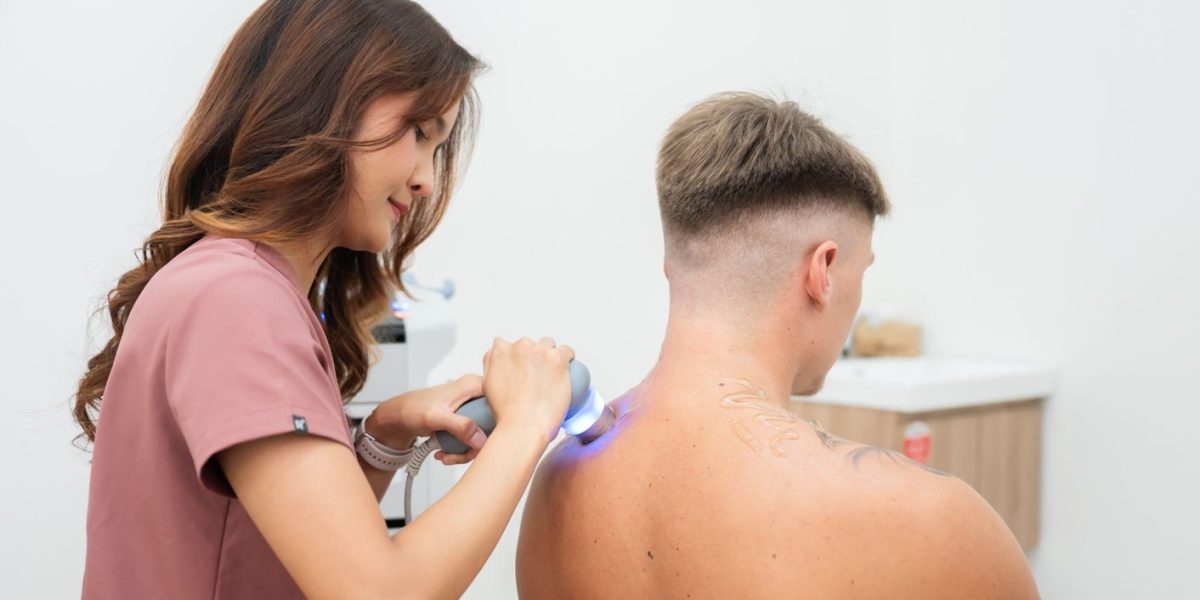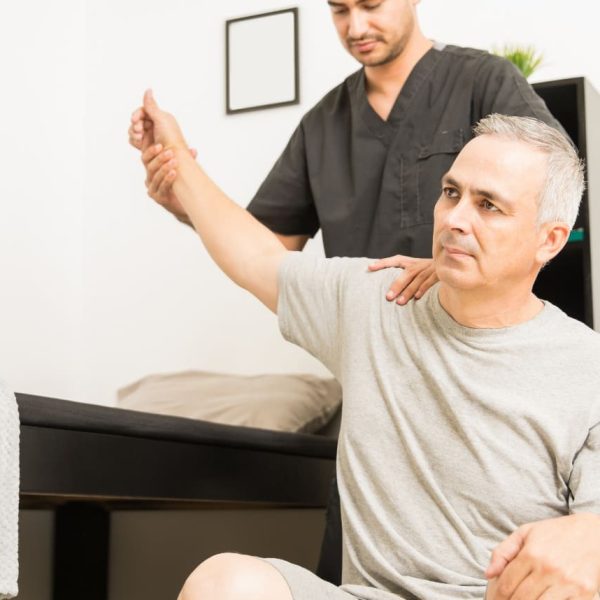Introduction
Neck pain is a common condition that can affect individuals of all ages, particularly teenagers, working adults, and the elderly. It often arises from daily lifestyle habits and the natural degeneration of the body. If left untreated, neck pain can become chronic and more severe, impacting both quality of life and work performance.

Symptoms
Neck pain may radiate to the shoulders, arms, hands or scapula. Symptoms can include tingling in the arms or fingers, limited neck movement and tightness or pain when moving to extremes. There may also be muscle tension in the neck area, tender points at the back of the head or neck, and dull headaches.
Causes
- Lifestyle Habits: Poor sitting posture when working at desks or chairs and repetitive actions such as bending or tilting the head.
- Injuries: Trauma from accidents affecting the neck.
- Degenerative Conditions: Age-related degeneration of the cervical spine, as well as conditions like rheumatoid arthritis or gout, can contribute to neck, shoulder and upper back pain.
Physical Therapy Treatments
Several methods can help relieve neck pain:
1. Heat and Cold Therapy:
Cold packs can be applied to reduce swelling and pain initially after injury, while heat can help relax tight muscles.
2. Electrical Stimulation (TENS):
Reduces pain and stimulates blood circulation.
3. Ultrasound Therapy (US):
Enhances blood flow and aids in tissue repair.
4. Peripheral Magnetic Stimulation (PMS):
Alleviates pain, relaxes muscles and strengthens muscle function.
5. Shockwave Therapy (SWT):
Stimulates cell repair and reduces inflammation
6. High Power Laser Therapy (HPLT):
Increases blood circulation and aids tissue repair.
7. Stretching and Exercise:
Helps reduce tension and strengthen muscles.
8. Manual Techniques:
Alleviates tension and reduces pain.
Frequently Asked Questions
Should I use heat or cold for neck pain?
For acute neck pain accompanied by redness and swelling, applying a cold pack for about 10-15 minutes is recommended to help reduce inflammation. For chronic neck pain, heat therapy for 15-20 minutes can enhance blood circulation.
How can I prevent neck pain?
Preventing neck and shoulder pain can be achieved by making lifestyle adjustments such as:
- Adjusting the height of your desk so that your computer screen is at eye level.
- Using a chair that supports the back and neck, or adjusting it to fit your body.
- Reducing prolonged periods of looking down at your phone.
- Frequently changing positions while working or staring at a screen.
- Regularly stretching the muscles in the neck, shoulders and upper back.
- Engaging in exercises to strengthen the neck muscles and promote flexibility.

